hi dear translators,
as part of the Magdalena Archive Project, jill is writing to the various outposts of magdalena around the world to find out what archives they have & start the process of linking things. she has written a letter & asked if someone could translate it into spanish (she only asked for spanish at this stage).
i've copied the text below, it's not long; whoever has time to translate please remember to post a comment to let us all know you are starting on it, & then when you have translated it please post the translation also as a comment.
muchas gracias,
h : )
Dear ...,
I hope I can inspire you to participate in this new venture for The Magdalena Project.
We have just deposited all the archive materials that we have in Wales into The National Library of Wales where it will be accessible to researchers, artists and writers, and eventually be catalogued by professionals.
This material, both paper based - pre digital - and digital, consists of letters, publicity, documentation of events, photographs, press, articles, reports, reviews, financial records, funding applications, email records – everything really.
Making the decision to ensure the safe guarding of the project's history has impelled us to launch this new initiative which we are calling the Magdalena Archive Project or MAP.
Our aim is to explore strategies that can MAP and LINK UP the Magdalena Archives from all the global activity that has taken place over the last 30 years under the umbrella name of the Magdalena Project. We want to find an appropriate and achievable way in which each archive might be accessible to researchers who are increasingly showing genuine interest in the Project and all the women artists who are part of it. We want to ensure a place in history for all our work – by organising accessibility.
It is a big project and it will take several years but we feel that it is imperative that all that has been achieved over the years is recognised and continues to be recognised, finds its place in theatre history and that new generations of women theatre makers can access the history of the project and build on its achievements.
So … are you willing to join us in this?
If yes then could you help by answering the following first set of questions:
- Your archive material: can you list – broadly only for now – what you have and where it is housed?
- Is it accessible to anyone who might be interested in doing some research or artistic project, or is it simply packed away in boxes? Or thrown away?
- Do you have any local or national archive libraries that might be willing to house the material?
And in addition, could you send us:
- 2 hard copies of the core publicity leaflets and posters of your festival/s AND digital or hard copies of documentation;
- 4 photographs that represent the festival/s; and
- copies of significant press reviews. That would be a really good start at completing the archive here.
I really do hope that you can come on this journey with us and we will attempt to raise some significant funding in the future that can realise the archives future presence across the globe.
Looking forward to hearing from you.
All the best,
Jill

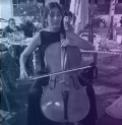
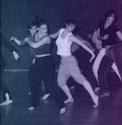
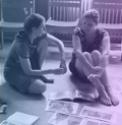
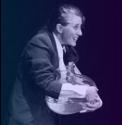
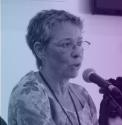
Comments
selene is working on this :)
selene is working on this :)